How To Get Rid Of Gynecomastia? [Surgical Treatments + Essential Diet]
Body Plastic Surgery![How To Get Rid Of Gynecomastia? [Surgical Treatments + Essential Diet] Gynecomastia Surgery](https://hws.raadinahealth.com/images/user_upload/blog/male-breast/Gynecomastia72_1690969478_medium.webp)
Gynecomastia, also known as male breast enlargement, is an increasingly growing condition affecting about 30% of young men. Understanding how to get rid of gynecomastia is becoming increasingly important as more and more people attempt to find solutions. Gynecomastia treatment and male breast reduction depend on the underlying cause and severity of the condition. In many cases, gynecomastia resolves on its own without any specific treatment.
However, for persistent or severe cases, medical treatments, including anti-estrogen pills for gynecomastia, may be necessary. Additionally, exploring how to get rid of gyno may involve lifestyle adjustments, such as incorporating specific foods to reduce gynecomastia and considering measures to reduce the mass of the breast tissue.
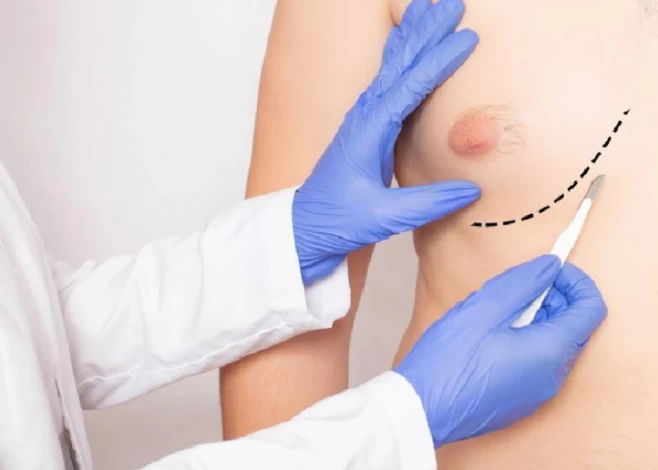
How to Get Rid of Gynecomastia?
Gynecomastia, or the enlargement of breast tissue in males, can occur for various reasons. Hormonal changes are one common cause, especially during puberty, when there may be an imbalance between testosterone and estrogen levels. Gynecomastia is usually harmless and does not cause serious medical problems. However, it can cause emotional distress and self-esteem issues in affected individuals.
Treatment options for gynecomastia include both surgical and non-surgical approaches. The treatment choice on how to get rid of gyno depends on the underlying cause and individual circumstances. Gynecomastia treatment without surgery might include lifestyle changes, medication, or other non-invasive methods. Read this article to learn about gynecomastia, the causes of male breast enlargement, and surgical and non-surgical treatments to reduce over-developed breasts.
What Is Gynecomastia?
Gynecomastia, commonly referred to as "man boobs" or moobs, is a medical condition that refers to the male breast enlargement. It can occur at any age. Man boobs can affect one or both breasts and may result in tenderness, swelling, and pain in the breast area.
Typically, testosterone inhibits breast tissue development, while estrogen stimulates it. Gynecomastia can result from hormonal imbalances, puberty, medications (such as anti-androgens, anabolic steroids, and certain antidepressants), illegal drug use, specific medical conditions (like liver and kidney disease, malnutrition, hypogonadism, and hyperthyroidism), and obesity. Drugs like anabolic steroids, anti-androgens, SSRIs, anti-ulcer medications, anti-anxiety medications, and certain chemotherapy drugs have been identified as potential contributors to gynecomastia by disrupting hormone balance or physiological processes.
Treatment options for this medical issue range from addressing the underlying cause to discontinuing medications that contribute to gynecomastia and, in severe cases, surgical intervention. Gynecomastia treatment with medications like tamoxifen for gynecomastia or letrozole for gynecomastia may be prescribed to reduce breast tissue.
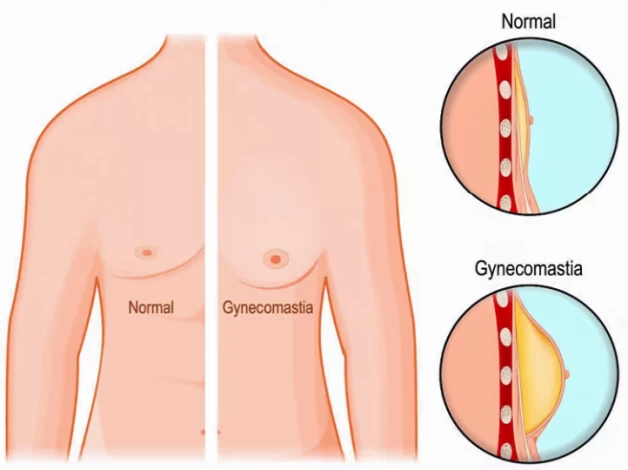
How Is Gynecomastia Diagnosed?
Diagnosing gynecomastia involves a combination of medical history, physical examination, and diagnostic tests to rule out any serious conditions and determine the underlying cause of male breast enlargement.
These tests may be as follows:
- Blood tests;
- Mammograms;
- Breast ultrasounds;
In some cases, issue biopsies may be recommended, which involves taking a small tissue sample from the breast to analyze it for abnormal cells.
How to Treat Gynecomastia?
Gynecomastia usually resolves without treatment. However, depending on the severity of the condition and the underlying cause, doctors may recommend that patients monitor their condition and reassess whether the breast tissue reduces in size over time.
Gynecomastia treatment options may include:
- Medication therapy;
- Breast reduction surgery;
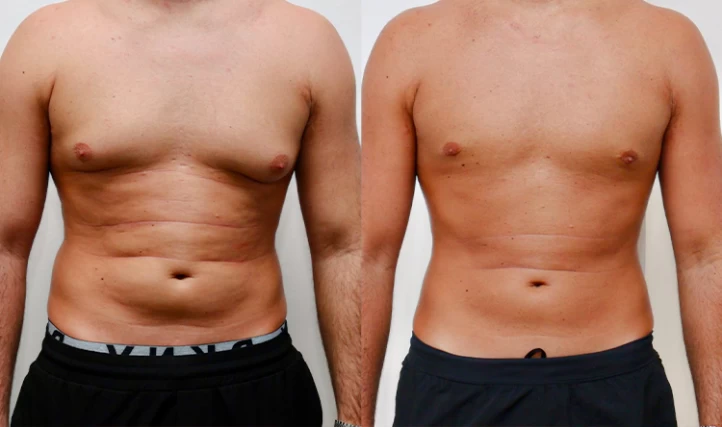
When Does Gynecomastia Go Away?
A combination of factors, including age and hormonal fluctuations, typically influences the resolution of gynecomastia. An increase in testosterone or a decrease in estrogen levels may diminish the appearance of gynecomastia. Furthermore, non-surgical approaches such as weight loss and exercise can effectively address gynecomastia caused by excess glandular or fat tissues. These approaches can reduce chest fat and restore a more masculine appearance.
For individuals experiencing persistent gynecomastia despite lifestyle modifications, a qualified plastic surgeon might recommend surgical interventions like breast reduction or male breast reduction surgery. During these procedures, excess tissue is removed to achieve a flatter chest contour. Acknowledging the various types of gynecomastia and emphasizing the need to consult with a certified plastic surgeon to determine an appropriate treatment plan for authentic gynecomastia. In certain cases, medication may also be prescribed in conjunction with surgery to optimize results.
How Does Medication Help in Getting Rid of Gynecomastia?
Medications such as selective estrogen receptor modulators (SERMs), such as tamoxifen for gynecomastia or raloxifene, help reduce estrogen activity in the body. Since increased estrogen levels can contribute to gynecomastia, these medications block the estrogen receptors and inhibit its effects on breast tissue, decreasing breast size. According to the National Institutes of Health (NIH), "There are three classes of medications that can be considered for gynecomastia treatment: selective estrogen receptor modulators (SERMs), aromatase inhibitors (AIs), and androgens."
Aromatase inhibitors like anastrozole or letrozole for gynecomastia work by inhibiting the enzyme aromatase, which converts androgens (male hormones) into estrogens (female hormones). These medications help to reverse gynecomastia by reducing estrogen production. As noted by the NIH, "AIs, such as letrozole and anastrozole, reduce estrogen production and have shown some efficacy in reducing breast size in gynecomastia."
Other gynecomastia treatment pills can include Gyno pills and Nolvadex or Evista. The NIH also mentions, "Gynecomastia caused by medication use may resolve after discontinuing the offending agent, but in other cases, medical therapy or surgery may be required."
Best Gynecomastia Supplements
There are various supplements like Gynetrex that help reduce gynecomastia symptoms. However, men with man boobs should consult a healthcare professional before starting any new supplement regime.
Supplements that contain the below ingredients can help reduce gynecomastia.
- DIM (Diindolylmethane);
- Indole-3-carbinol (I3C);
- Zinc;
- Tribulus Terrestris;
- Green Tea Extract;
- Saw Palmetto;
- Turmeric.
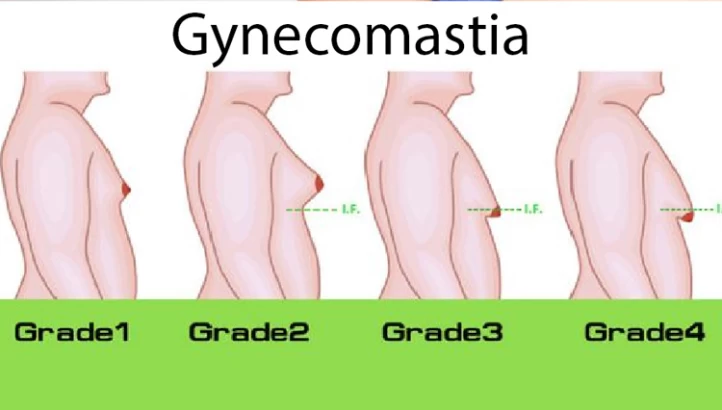
What Are Surgical treatments for gynecomastia?
Surgical treatment may be required if the condition is severe and cannot be cured after medication therapy. The surgical procedure to treat Gynecomastia usually involves the removal of extra glandular breast tissue
Two options for gynecomastia surgery are:
Liposuction
The surgical procedure removes breast fat but not the gland tissue;
During liposuction for gynecomastia, the cosmetic surgeon makes small incisions and inserts a thin cannula to remove excess breast tissue, such as excess fat and glandular tissue. The procedure is typically performed under general or local anesthesia with sedation, depending on the correction needed.
Liposuction alone may be sufficient for individuals with gynecomastia caused by excess fat accumulation. However, if there is excessive glandular tissue or skin laxity, additional surgical techniques may be required, such as excision or a combination of liposuction and excision.
After liposuction for gynecomastia, patients may experience some swelling, bruising, and discomfort. A compression garment is often worn for a few weeks following the procedure to aid recovery and help reshape the chest area. Most individuals can resume regular activities within a week or two, with final results appearing after several months as the swelling subsides.
Mastectomy
The surgical procedure removes the breast gland tissue using only small incisions. This less-invasive surgery involves less recovery time and pain post-surgery.
What Happens During Gynecomastia Surgery?
During gynecomastia surgery, various techniques are employed to address excess breast tissue. Sometimes, liposuction alone suffices, while other procedures require more extensive intervention. The surgeon typically makes incisions around each areola and beneath each breast to access and remove excess breast tissue and fat. Resizing or repositioning the areolas may be necessary. Recognized surgical techniques involve a combination of liposuction and surgical excision, with the former targeting excess fat through small incisions in the lower chest. The gland removal phase includes a semicircular incision around the areola's margin, allowing surgical removal of enlarged breast tissue before closing the incisions with dissolvable stitches. Areola reduction may also be performed, particularly in significant weight loss where loose skin affects the chest.
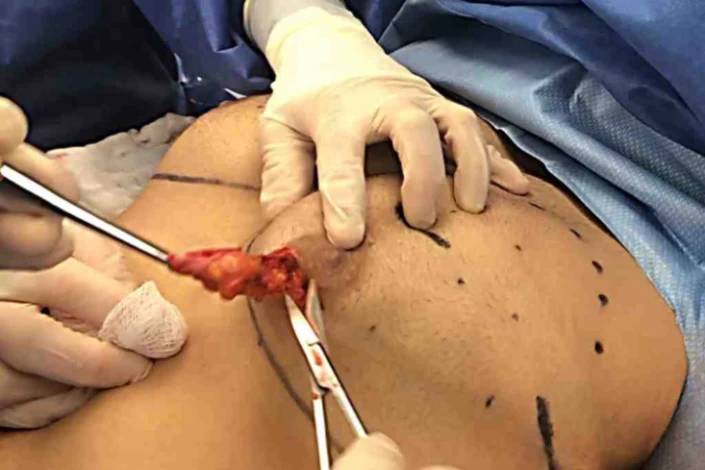
How is Gynecomastia Surgery Recovery Time?
The recovery time for gynecomastia surgery can vary depending on several factors, including the extent of the surgery, individual healing abilities, and compliance with post-operative instructions.
Most patients can generally expect to recover within 1 to 2 weeks after gynecomastia surgery. However, it can take several months for the swelling to resolve and the final results to be fully visible. Patients must follow their surgeon's post-operative instructions, including wearing compression garments, taking prescribed medications, avoiding strenuous activities, and attending follow-up appointments for a smooth recovery.
Where are the surgical incisions made for male breast reduction?
The surgical incisions for gynecomastia surgery can vary depending on the severity of the condition and the techniques used by the surgeon. However, there are two common incision patterns:
- Peri-areolar Incision;
It is made around the outer edge of the areola (the darker skin surrounding the nipple). It allows the surgeon to remove excess glandular tissue and fat from the chest.
- Liposuction Incision.
Small incisions are made in inconspicuous areas (such as the armpit or along the chest crease) to insert a thin tube (cannula) and remove excess fat.
Gynecomastia Non-surgical Treatment Options
Various non-surgical approaches exist for male breast reduction, often referred to as gynecomastia treatment without surgery. These include:
- Dieting and exercising to balance hormones and burn fat tissue;
- Ceasing the use of drugs or steroids that can elevate the risk of gynecomastia;
- Reducing alcohol intake, which is linked to an increased risk of male breast enlargement;
- Hormone treatments addressing imbalances to minimize the appearance of breast enlargement;
- Although weight loss may not eliminate all excess tissue, as Gynecomastia comprises fat, muscle, and glandular tissue.
For some men, these non-invasive treatment options may help reduce breast appearance, but individuals with moderate to severe Gynecomastia may find them unsuccessful in correcting excess tissue. Weight loss, in particular, may not exclusively target chest fat, as the excess breast tissue includes muscle and glandular tissue, not just fat.
How to Get Rid of Gynecomastia Naturally?
Men can get rid of breast enlargement by following lifestyle and diet tips.
- Having a Balanced and Healthy Diet;
- Getting regulated Exercise;
- Avoiding Drugs and Steroids;
- Avoiding Alcohol;
- Avoid hormonal disruptors such as certain medications, anabolic steroids, and environmental toxins;
- Maintaining a healthy weight.
What Foods Help Reduce Gynecomastia?
While no specific foods can directly reduce gynecomastia, certain dietary choices can support a healthy hormone balance and aid in reducing fat in the breast area. Incorporating foods that reduce gynecomastia into your diet may be helpful. Some foods that may be beneficial are as follows:
- Lean proteins like chicken breast, fish, tofu, and beans;
- Fresh fruits and vegetables;
- Whole grains;
- Healthy fats such as avocados, nuts, and seeds;
- Green tea.
Foods to Avoid for Managing Gynecomastia
To reduce man-boobs, it's crucial to be mindful of your diet. Several common food items contribute to excess chest weight. First, cutting out beer is essential, as alcohol hampers the liver's ability to metabolize excess estrogen, and beer contains grains rich in phytoestrogens. Processed and canned foods with preservatives like polycarbonate can reduce testosterone production. Soy products, including soy milk and soybeans, should be limited due to their phytoestrogen content. Packaged and deep-fried foods, high in saturated fat, contribute to chest fat accumulation, so minimizing their consumption is advised. Additionally, regulating sugar intake is important to stabilize testosterone levels and address gynecomastia.

How Can Exercise Help Get Rid of Gynecomastia?
Regular exercise, such as cardiovascular workouts (running, cycling, swimming) and strength training, can help burn calories and reduce overall body fat, including chest fat.
Strengthening the chest muscles, specifically the pectoralis major and pectoralis minor, can also help improve the overall appearance of the chest. Chest-specific exercises like push-ups, chest presses, dumbbell flies, and bench presses can target these muscles and provide more definition.
How to Prevent Gynecomastia?
To prevent gynecomastia, patients can follow the below measures:
- Maintain a healthy weight through a balanced diet and regular exercise;
- Eat a balanced diet that is rich in nutrients and vitamins while avoiding processed foods and foods high in fat and sugar;
- Limit/ Avoid alcohol consumption;
- Avoid anabolic steroids and illegal drugs;
- Be cautious with herbal supplements as they might contain substances that can disrupt hormone levels and contribute to gynecomastia.;
- Manage underlying medical conditions such as hypogonadism, hyperthyroidism, and liver or kidney disease, which can increase the risk of gynecomastia;
- Regularly check the chest for any size, shape, or tenderness changes.
How Much is the Cost of Gynecomastia Surgery in Iran?
The average gynecomastia surgery cost is around $1,400 and $3,000 in Iran, much lower than in other countries. This price includes all relative expenses such as tests, anesthesia, medications, etc.
A large number of gynecomastia candidates travel to Iran each year to perform the surgery due to first-class facilities and specialized services in Iran’s modern clinics as well as Iranian famous and well-qualified surgeons.
The takeaway
A hormonal imbalance between testosterone and estrogen usually causes gynecomastia. Many risk factors, including a poor lifestyle, may contribute to its development. Gynecomastia treatment involves targeting the underlying cause. Regular exercise and a healthy diet can also help.
Don't hesitate to contact us at Raadina Health. We can support you during your medical trip to Iran for Gynecomastia surgery.

Frequently Asked Questions About Gynecomastia Treatment
1) Can gynecomastia go away?
Gynecomastia usually does not need treatment and goes away on its own. However, if an underlying medical condition causes it, the condition should be cured to resolve the symptoms.
2) What Can Occur if Gynecomastia is Not Treated?
The risk of breast cancer may be higher if gynecomastia is not cured.
3) Can increasing testosterone reduce gynecomastia?
Increasing testosterone can help restore the hormonal balance and potentially reduce the size of the breast tissue. However, it is not guaranteed to eliminate the condition as the underlying cause of gynecomastia does not only include hormonal imbalances.
4) Is there noticeable scarring after gynecomastia surgery?
The scarring resulting from gynecomastia surgical procedures is usually minimal and discreet. However, the exact appearance of the scars can vary depending on various factors, including the surgical technique used and the individual's healing response. The scars will often fade over time and become less noticeable. Therefore, following the surgeon's post-operative care instructions is essential to promote proper healing and minimize scarring.
5) Can a man's boobs grow back after surgery?
The growth of man boobs after surgery is possible but rare. Most commonly, male breast reduction surgery involves the removal of excess breast tissue and fat, resulting in a flatter chest. However, it is important to note that surgical treatment is not always a definitive solution, as the underlying cause of gynecomastia (enlarged male breasts) can persist. Factors such as hormonal imbalances, weight gain, certain medications, and lifestyle choices can potentially lead to the recurrence or development of man boobs after surgery. To minimize the chances of regrowth, it is recommended to maintain a healthy lifestyle, manage hormone levels, and consult a medical professional for appropriate guidance and post-operative care.
6) When is surgery recommended for gynecomastia?
Surgery is typically recommended for gynecomastia when the condition is severe, persistent, or does not respond to other treatments. If gynecomastia causes significant discomfort, embarrassment, or functional issues, surgical options might be the best course of action. Procedures such as liposuction can remove excess fat from the breast area, while mastectomy involves the surgical removal of glandular tissue. Surgical treatment is considered when other non-surgical methods have been exhausted or are not feasible and when the patient desires a more permanent solution.
7) How long does it take to see results from gynecomastia treatment?
The timeframe for seeing results from gynecomastia treatment varies depending on the method used. Medications typically take several months to show noticeable improvements, as they work gradually to alter hormone levels and reduce breast tissue. For example, it might take 3 to 6 months of medication before significant changes are observed. Surgical treatments, on the other hand, can provide more immediate results. Full recovery and final results might take several weeks to months, depending on the individual’s healing process and the extent of the surgery.
8) Are there any side effects associated with gynecomastia treatments?
Yes, each treatment option for gynecomastia can come with its own set of potential side effects. Medications such as SERMs and aromatase inhibitors might cause side effects like nausea, mood swings, or changes in sexual function. Long-term use or improper dosage can exacerbate these effects. Surgical options, while effective, also carry risks such as infection, scarring, or uneven results. Discussing these potential side effects with a healthcare provider to weigh each treatment's benefits and risks and make an informed decision based on individual health needs and conditions is essential.
9) What lifestyle changes can help manage gynecomastia?
Lifestyle changes can significantly improve the management of gynecomastia. For example, reducing or eliminating the use of substances known to affect hormone levels, such as anabolic steroids, recreational drugs, or excessive alcohol, can be beneficial. Maintaining a healthy weight through a balanced diet and regular exercise can also help manage hormonal imbalances and reduce the impact of gynecomastia. Additionally, addressing any underlying health conditions that might contribute to the condition, such as liver or kidney disease, can be crucial in managing gynecomastia effectively.
10) Can weight loss help with gynecomastia?
Weight loss can help improve the appearance of gynecomastia, especially if the condition involves excess fat rather than glandular tissue. For individuals with gynecomastia associated with overweight or obesity, losing weight through diet and exercise can reduce the fatty tissue in the breast area and make the condition less noticeable. However, if gynecomastia is primarily due to glandular tissue rather than fat, weight loss alone may not significantly reduce the breast size, and other treatments may be necessary.
11) Can gynecomastia affect sexual function?
Gynecomastia itself does not directly affect sexual function, but the condition can have indirect effects. For example, the psychological impact of gynecomastia, such as embarrassment or self-consciousness, might influence sexual confidence and performance. Some medications used to treat gynecomastia may also have side effects that impact sexual function. If sexual function issues arise, it's important to discuss them with a healthcare provider, who can help determine whether they are related to the treatment or other factors and provide appropriate guidance or adjustments.
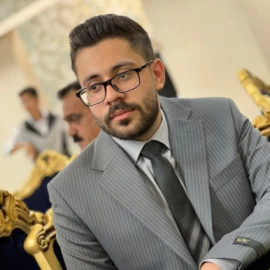
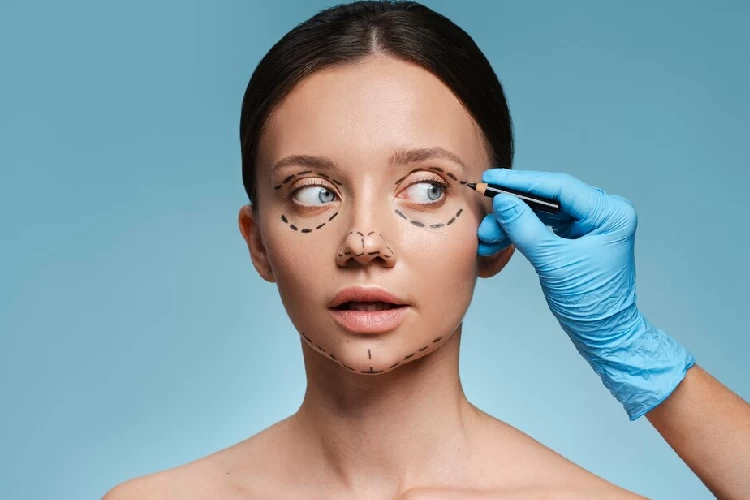
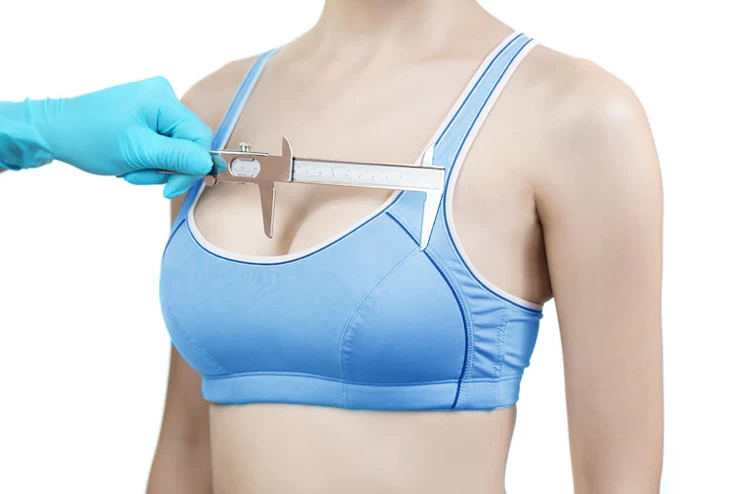

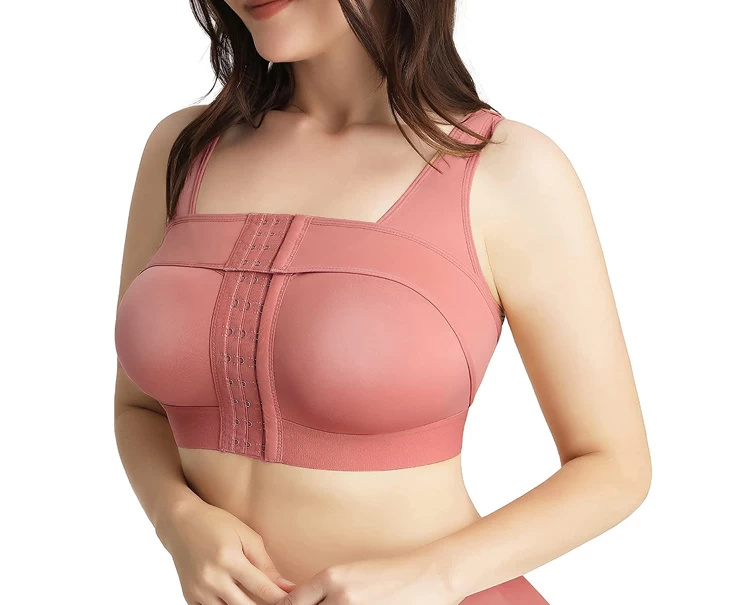

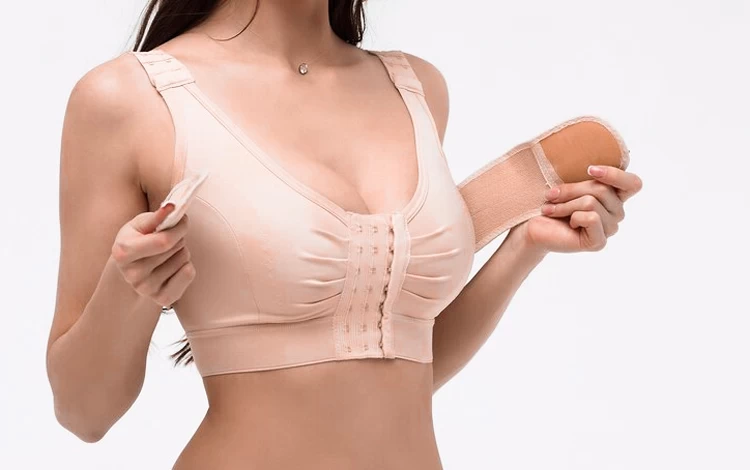
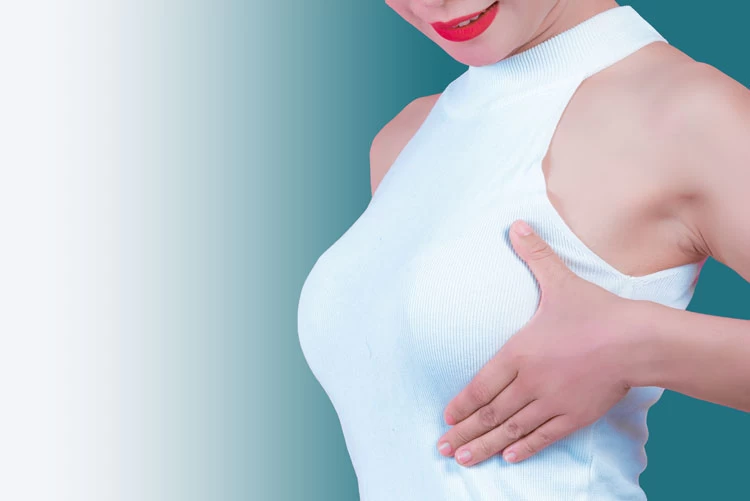





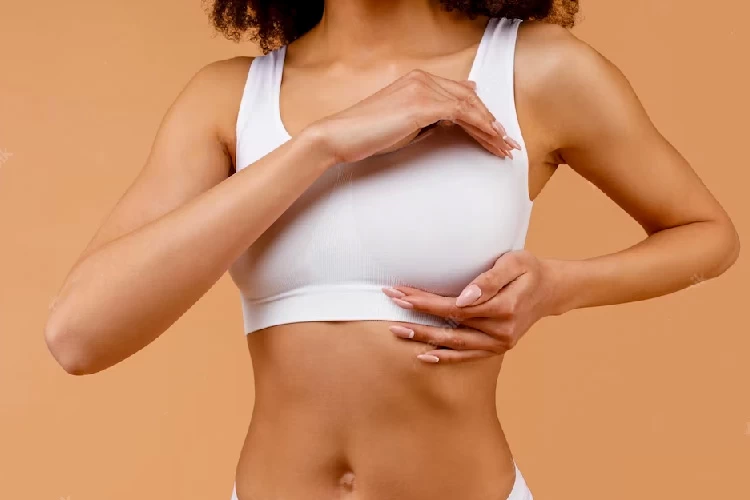
User
-Does consuming chicken lead to gynecomastia?
Habib Ebrahimi
-Hello dear friend,
No, chicken itself is not known to cause gynecomastia. Gynecomastia is often associated with hormonal imbalances, particularly an imbalance between estrogen (female hormone) and testosterone (male hormone). While certain foods and diets may indirectly influence hormone levels, chicken consumption is generally not a direct cause of gynecomastia. It's important to note that gynecomastia is more commonly linked to factors such as puberty, certain medications, illegal drug use, specific medical conditions, and hormonal changes.